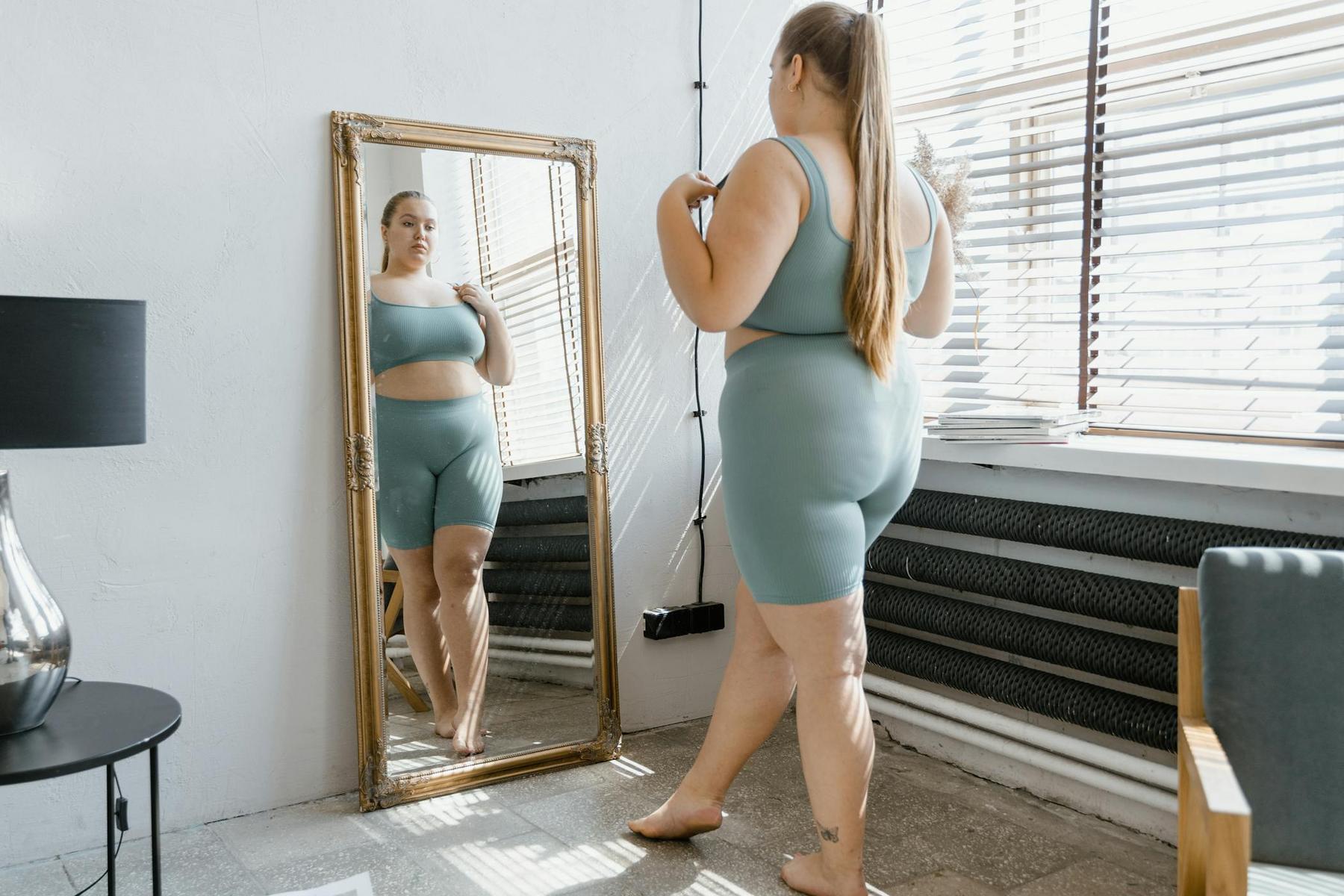For Australians looking to shed excess weight, the debate between walking and running as exercise methods continues to spark discussion among health professionals. While both forms of exercise offer cardiovascular benefits, their effectiveness for weight loss varies significantly depending on individual circumstances. Recent research provides compelling insights into how these two common exercises compare when it comes to burning calories, suppressing appetite, and promoting sustainable weight management.
The choice between walking and running isn’t merely about personal preference—it’s about understanding which activity aligns best with your physiological needs, weight loss goals, and lifestyle considerations. In this comprehensive analysis, we’ll examine the latest scientific evidence to help you make an informed decision about which exercise might better support your weight loss journey.
How Do Walking and Running Compare for Calorie Burning?
When it comes to immediate calorie expenditure, running demonstrates clear advantages over walking. A 72.5kg (160lb) individual burns approximately 453 calories during 30 minutes of running at 8km/h (5mph), compared to just 261 calories when walking for the same duration. This represents a substantial 73% increase in caloric burn for runners.
The difference in energy expenditure stems from biomechanical factors. Running requires greater vertical displacement of the body and faster ATP (energy) synthesis rates. However, it’s worth noting that the caloric differential narrows when comparing the activities by distance rather than time. Running one mile burns only 10-30% more calories than walking the same distance, though it completes the journey in roughly half the time.
For individuals carrying more weight, the caloric benefits increase proportionally. A 90kg person can burn up to 603 calories in 30 minutes of running at 15km/h, versus 317 calories when walking for an hour. This weight-dependent escalation makes running particularly effective for those with higher BMIs.
Long-term studies provide even more compelling evidence. Six-year cohort data reveal that runners maintain 90% greater weight loss than walkers per metabolic equivalent hour (METh), with the difference being most pronounced in individuals with BMI greater than 25. Each additional METh per day of running reduced BMI by -0.30±0.02 kg/m² in men and -0.66±0.03 kg/m² in obese women, compared to just -0.14±0.03 for walking.
Post-Exercise Metabolic Enhancement
Beyond immediate calorie burning, running creates a significant “afterburn effect” known as Excess Post-Exercise Oxygen Consumption (EPOC). High-intensity running elevates EPOC duration by 500% compared to walking, with the metabolism remaining elevated for up to 120 minutes post-exercise.
Studies document an additional 37 calories burned post-running versus just 7 calories after walking. This afterburn effect contributes 15-20% of running’s total caloric impact, while walking’s EPOC remains negligible beyond 30 minutes.
Which Exercise Better Suppresses Appetite?
One of running’s overlooked advantages lies in its impact on hunger hormones. Running at 75% of maximum oxygen consumption (VO₂max) suppresses ghrelin (the appetite-stimulating hormone) by 25% for up to 120 minutes after exercise, while simultaneously elevating peptide YY (a satiety hormone) by 40%.
Conversely, walking tends to increase acylated ghrelin by approximately 12%, potentially triggering overconsumption. This hormonal difference manifests in real-world eating behaviours: controlled trials show walkers consume about 150 extra calories post-exercise, while runners actually reduce their intake by about 50 calories. This compensatory eating nullifies approximately 30% of walking’s caloric expenditure.
At a population level, walkers tend to offset 28% of their exercise calories through increased food intake, compared to just 11% for runners. This difference in appetite regulation helps explain why running typically produces 2.3kg greater weight loss over six months compared to isoenergetic walking programs.
How Do Injury Risks Compare Between Walking and Running?
The physical impact of running cannot be overlooked. Running generates ground reaction forces of 2.5-3 times body weight, compared to just 1.2 times for walking. This increased force translates to 280% higher patellofemoral (knee) stress during running.
For individuals with a BMI over 30, this impact becomes particularly concerning. Obese individuals experience 5.3 times higher running injury rates than normal-weight runners, including a 23% annual incidence of plantar fasciitis compared to just 4% in walkers.
However, the body does adapt positively to running when properly introduced. Longitudinal studies show that consistent runners develop 18% thicker knee cartilage and 22% higher bone mineral density compared to walkers. This adaptation likely occurs through repetitive loading stimulating bone growth, but requires gradual progression—sudden increases in running volume elevate stress fracture risk nine-fold.
Does Body Weight Affect Whether You Should Walk or Run?
Body mass index (BMI) significantly influences which exercise might be more appropriate for weight loss. For individuals with a BMI above 28, running induces 90% greater weight loss per METh than walking. A 6.2-year cohort study documented that obese female runners lost 5.2kg versus walkers’ 2.8kg despite equivalent baseline activity.
Conversely, normal-weight individuals (BMI <25) maintain weight equally effectively through brisk walking at 7km/h. This suggests that those carrying less excess weight may not need running's higher intensity to achieve their weight management goals.
Gender also influences response to these exercises. Men show stronger dose-response relationships to running intensity, with a 0.30kg/m² BMI reduction per METh/day versus women’s 0.24kg/m². Interestingly, postmenopausal women uniquely benefit from walking’s bone-strengthening effects, achieving 2.1% greater hip bone mineral density compared to runners over a five-year period.
How Does Exercise Adherence Compare Between Walking and Running?
The most effective exercise is the one you’ll actually do consistently. Running programs exhibit 54% six-month dropout rates versus 28% for walking, primarily due to overuse injuries. This significant difference in adherence could potentially negate running’s metabolic advantages for many individuals.
Enjoyment metrics favour walking by 62% to 38% in population surveys, correlating with 40% higher long-term adherence. Personality factors also influence preference—Type-A individuals often prefer running’s quantifiable metrics (pace, distance), while Type-B personalities may favour walking’s more meditative aspects.
Hybrid approaches offer promising solutions. Run-walk interval training maintains 73% adherence at one year, effectively blending running’s metabolic advantages with walking’s sustainability and lower injury risk.
What’s the Best Way to Combine Walking and Running for Weight Loss?
Rather than viewing walking and running as mutually exclusive, evidence supports combining both for optimal weight loss results. Hybrid programs alternating running days with walk-based recovery optimise both caloric expenditure and sustainability.
A structured approach of two weekly runs (20-30 minutes each) plus three walks (45-60 minutes each) yields approximately 4.1kg weight loss over six months with only 12% injury incidence. This balanced approach capitalises on running’s superior calorie-burning and appetite-suppressing effects while minimising injury risk through walking recovery days.
Does running burn more calories than walking?
Yes, running burns significantly more calories than walking over the same period. For example, a 72.5kg person burns about 453 calories in 30 minutes of running at 8km/h, compared to 261 calories during the same period of walking. Even when comparing by distance, running burns 10-30% more calories than walking.
Is walking or running better for beginners trying to lose weight?
Walking is generally better for beginners due to its lower injury risk and higher adherence rates. Starting with walking and gradually introducing running intervals as fitness improves offers a more sustainable approach, especially for those with a higher BMI.
How does body weight affect the choice between walking and running?
Body weight plays a significant role. Individuals with a BMI over 28 tend to experience 90% greater weight loss per metabolic equivalent hour with running than walking. Conversely, those with a BMI under 25 may maintain weight effectively with brisk walking.
Can combining walking and running be effective for weight loss?
Yes, hybrid programs that alternate running days with walking recovery days are effective. Such structured routines can yield around 4.1kg weight loss over six months while reducing injury risks compared to running exclusively.
How does appetite regulation differ between walking and running?
Running suppresses the hunger hormone ghrelin by about 25% and increases satiety hormones, leading to reduced food intake post-exercise. In contrast, walking may increase ghrelin levels by around 12%, which can lead to an increased appetite and potential compensatory eating.



